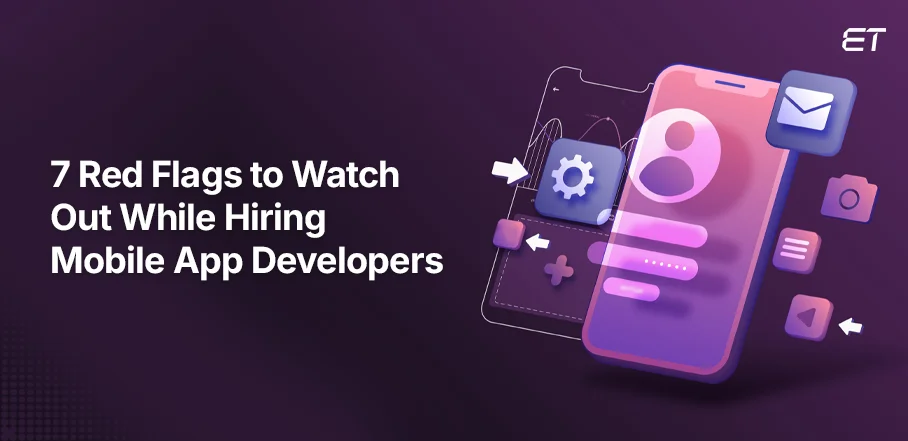Embracing Inclusive Communication: How Digital Platforms are Expanding Language Accessibility

In today’s times, the way we communicate has undergone a remarkable transformation, especially in the realm of language. Digital platforms are at the forefront of this change, expanding the accessibility and inclusivity of language learning and communication.
This shift, a part of the wider digital transformation, is not just a technological advancement; it represents a broader movement towards a world where language barriers are increasingly surmountable, making way for more connected and diverse interactions.
The impact of these developments is profound, offering new possibilities for understanding and engagement in our globally interconnected community.
The Digital Shift in Language Learning
The digital shift in language learning, which began to notably evolve in the early 21st century, marked a significant turning point in the methods and accessibility of language acquisition. This transformation from traditional, classroom-centric methods to innovative digital platforms has reshaped the landscape of language education.
These digital tools, encompassing a range of interactive apps, online courses, and virtual reality experiences, have democratized language learning. They offer accessibility, personalization, and a flexibility previously unattainable in traditional settings.
This shift has not only made language learning more efficient but also more inclusive, catering to various learning styles and abilities.
Furthermore, it has effectively bridged geographical and cultural divides, allowing learners to engage directly with native speakers and authentic cultural contexts. The implications of this are profound, fostering a world where language barriers are increasingly diminished, paving the way for enhanced global understanding and collaboration.
This digital revolution in language learning continues to evolve, constantly introducing new tools and methods that further enrich and diversify the experience of learning new languages.
The Impact of Social Media on Language Accessibility
Social media has revolutionized language accessibility, fundamentally altering the way we engage with and learn languages. In this digital age, social platforms offer unprecedented opportunities for language exposure and practice. They connect users across the globe, facilitating real-time communication and cultural exchange. This global networking fosters language immersion, as users are exposed to colloquial and diverse linguistic expressions.
Moreover, social media serves as an informal learning environment. Users learn through engaging content like videos, posts, and live interactions, making language learning more relatable and less intimidating. Language learning apps often integrate with these platforms, enhancing their reach and effectiveness.
Three key benefits of social media in language accessibility are:
- Enhanced exposure to diverse language use and cultural contexts.
- Opportunities for real-world practice and immersive learning experiences.
- Increased motivation and engagement through interactive and relatable content.
The Significance of Learning Sign Languages
The significance of learning sign languages, particularly in our increasingly digital world, cannot be overstated. Sign languages, like American Sign Language (ASL), are vital for inclusive communication, bridging gaps between the hearing and the deaf communities. The digital platforms have facilitated this learning process, making it more accessible to a wider audience.
Here are key points highlighting the reasons to learn ASL and other sign languages:
- Cultural Inclusivity: Learning sign languages promotes inclusivity, allowing for seamless interaction with deaf individuals and understanding of deaf culture.
- Cognitive Benefits: Studies show that learning sign languages enhances cognitive flexibility and visual-spatial skills.
- Career Opportunities: Proficiency in sign languages opens up diverse career opportunities in fields like interpretation, education, and social services.
- Digital Accessibility: Digital learning tools for ASL cater to different learning styles and provide flexible learning options.
- Enhanced Communication: Knowing sign language enriches communication skills and broadens one’s ability to connect with others in different contexts.
Incorporating sign languages into digital platforms acknowledges their importance and supports the overarching goal of comprehensive language accessibility.
Advancements in AI and Machine Learning for Language Interpretation
Advancements in AI and machine learning have dramatically reshaped the field of language interpretation. These technologies have enabled more accurate, real-time translation and interpretation services, making communication across different languages more seamless and efficient.
Top 5 advancements include:
- Real-Time Translation: AI-driven tools can now translate spoken and written language in real-time, breaking down communication barriers in international settings.
- Contextual Understanding: Machine learning algorithms have improved in understanding context and cultural nuances, enhancing translation accuracy.
- Accessibility Features: AI technologies have been instrumental in developing accessibility features for individuals with hearing or speech impairments, such as real-time sign language interpretation.
- Personalized Learning: These technologies facilitate personalized language learning experiences, adapting to individual learning styles and progress.
- Speech Recognition Improvements: Enhanced speech recognition allows for more accurate capture and interpretation of various dialects and accents.
These advancements not only enhance language interpretation but also contribute significantly to the field of inclusive communication.
The Role of Virtual Reality in Experiential Language Learning
Virtual Reality (VR) is revolutionizing experiential language learning by providing immersive environments that mimic real-life interactions. This technology enhances the learning experience by simulating scenarios where language skills can be practiced in a controlled yet realistic setting.
Benefits of VR in language learning include:
- Immersive Experience: Creates a realistic setting for practicing language skills, improving retention and engagement.
- Safe Practice Environment: Allows learners to practice without the fear of real-world consequences, encouraging experimentation.
- Cultural Immersion: Offers exposure to different cultural contexts, enriching the learning experience.
- Enhanced Listening Skills: VR environments can simulate various acoustic settings, helping learners improve their listening and comprehension skills in different auditory contexts.
- Interactive Learning: VR provides interactive elements such as dialogues with virtual characters, which enhances active language use and communication skills.
The gradual implementation of VR in language learning, providing a virtual foundation, is proving to be a significant aid. By bridging the gap between theoretical knowledge and practical application, VR is slowly but surely enhancing the effectiveness of language learning. These virtual foundations make the learning process more engaging and accessible, transforming how we approach and experience the acquisition of new languages.
Integration like this is a step forward in ensuring that digital language learning is not only about acquiring skills but also about experiencing and understanding different cultures and contexts.
Conclusion
In conclusion, digital platforms have significantly broadened the horizons of language accessibility, offering innovative tools for diverse learners.
The integration of AI, machine learning, and VR in language learning and interpretation has not only made communication more inclusive but also transformed the educational landscape.
This evolution towards embracing digital solutions ensures that language barriers are continuously being addressed, fostering a more connected and understanding global community.
As technology advances, so does our ability to communicate across cultures and abilities, underscoring the profound impact of digital platforms in promoting inclusive communication.

A Friendly Guide To The Different Kinds Of Waste

What Foreign Companies Need to Know About Employee Benefits in Mexico

What is an MVP and Why Every Startup Needs One

Accelerating drug discovery through the DEL-ML-CS approach

AI in Marketing Is No Longer a Buzzword — It’s the Strategy

Top Accessories Every Apple User Should Own in 2025

What is Nometre? Redefining Measurement in the Digital Age

7 Red Flags to Avoid When Hiring Mobile App Developers









